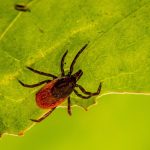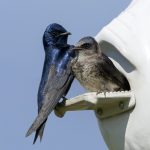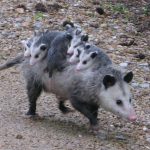
Climate change has led to an increase in the population and range of these tiny, disease-spreading bloodsuckers.

Climate change has led to an increase in the population and range of these tiny, disease-spreading bloodsuckers.

The migratory purple martin is almost entirely dependent on human-made housing while it lives in Eastern North America during the warmer months.

Two enthusiastic botanists tracking the rare Gray’s lily at Tater Hill Plant Preserve in North Carolina help the writer search for signs of the elusive flower at a nearby parcel of land.

The only known population of Shealy’s saxifrage lives at a preserve owned by The Nature Conservancy in Pickens County, South Carolina.

The Appalachian Bear Rescue in Townsend, Tenn., has saved more than 300 bears from eight different states over the last 25 years.

With their appetites for snakes and ticks, and their propensity to clean up stray roadkill and rotting plants, opossums can be helpful neighbors to humans.

Magnificent, strong and once thriving in Appalachian forests, oaks now struggle to regenerate. As deadly diseases spread in other regions, a new alliance is emerging to protect this key species.

This brainless, single-celled organism is able to solve surprisingly complex puzzles and is even able to memorize and anticipate changes in its environment.

The story behind the highly invasive vine that is creeping across the Southeast, and what can be done to stop it.